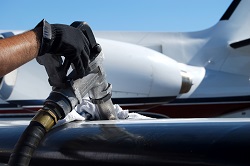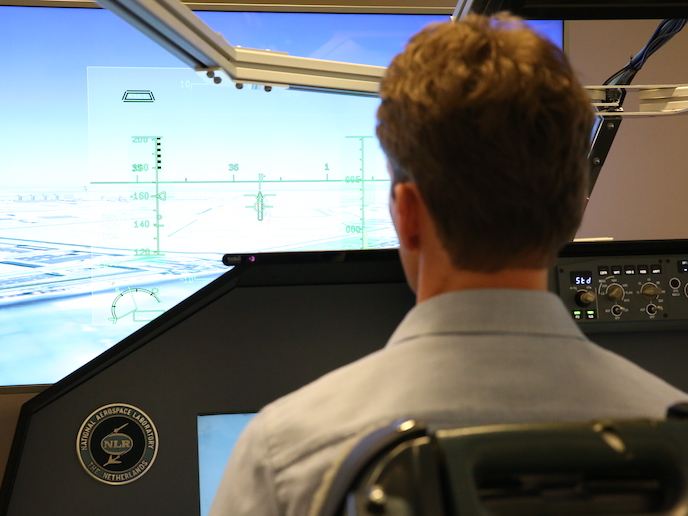Designing the next generation of safe fuel systems
Although air travel is today’s safest form of transportation, safety can never be taken for granted. As the global air transport industry continues to evolve, constant effort is needed to ensure the highest levels of safety. For example, with aircraft using more and more composite materials and electronic systems, the risk of fire within the aircraft’s fuel system increases. Likewise, as more aircraft fly polar routes, the risk of ice forming within the fuel system also increases. If not properly addressed, these new risks could pose a serious threat to the industry’s level of safety. The EU-funded SAFUEL project aims to address this threat by developing the next generation of safe fuel systems. Specifically, the project is developing, testing and validating a new, safer fuel system designed for use in more extreme temperatures. Key deliverables include a new fuel system design that meets the constraints of composite built and more electrically-connected aircraft, innovative technologies for gaging fuel circulation, and the necessary data to support authorities in issuing rules and regulations for safe flights in icing conditions. Potential for commercialisation Many of the innovative deliverables coming out of the project have significant potential for commercialisation. For example, although the SAFUEL Water-in-Fuel Sensor was originally designed to measure the quantity of dissolved water in the fuel, it can also be used for other applications. ‘This sensor has been shown to have value in monitoring the quality of fuel at airports and, outside the aviation sector, in monitoring the quality of fuel in the automotive industry and fuel distribution networks,’ says project coordinator Bruno Reynard. According to Reynard, commercial exploitation in the short- to medium-term is likely to come from these less demanding applications than on-board aircraft. The project’s research into the icing phenomena has also led to new, unexpected market opportunities. For example, the project’s icing test bench is now available to the aeronautic industry and can be used for any other systems in non-accessible areas. ‘The size of the potential market for using the test bench is difficult to estimate, but we believe it to be in the range of EUR 250 000 and EUR 500 000 in revenue for Hamburg University of Technology (TUHH), a project partner and where the bed is located,’ adds Reynard. Collaboration is key By improving water detection in fuel tanks, enhancing flammability protection, removing ignition sources, validating compatibility with modern avionics and verifying compliance with alternative fuel standards, SAFUEL is successfully building the next generation of fuel systems. According to Reynard, the key to this success is how the project has brought together more than 10 aviation related companies, research institutions and associations, including such industry leaders as Airbus and Zodiac Aerospace. ‘This collaborative approach encourages companies to not only develop new technologies, but to also develop new processes for developing this new technology,’ says Reynard. As an example, Reynard points to an instance when one partner ran into an innovation roadblock and another partner joined in to take a fresh look at the problem. ‘This process lets us quickly move past difficulties, resulting in the successful development of numerous solutions, four of which have already been patented,’ he adds.







